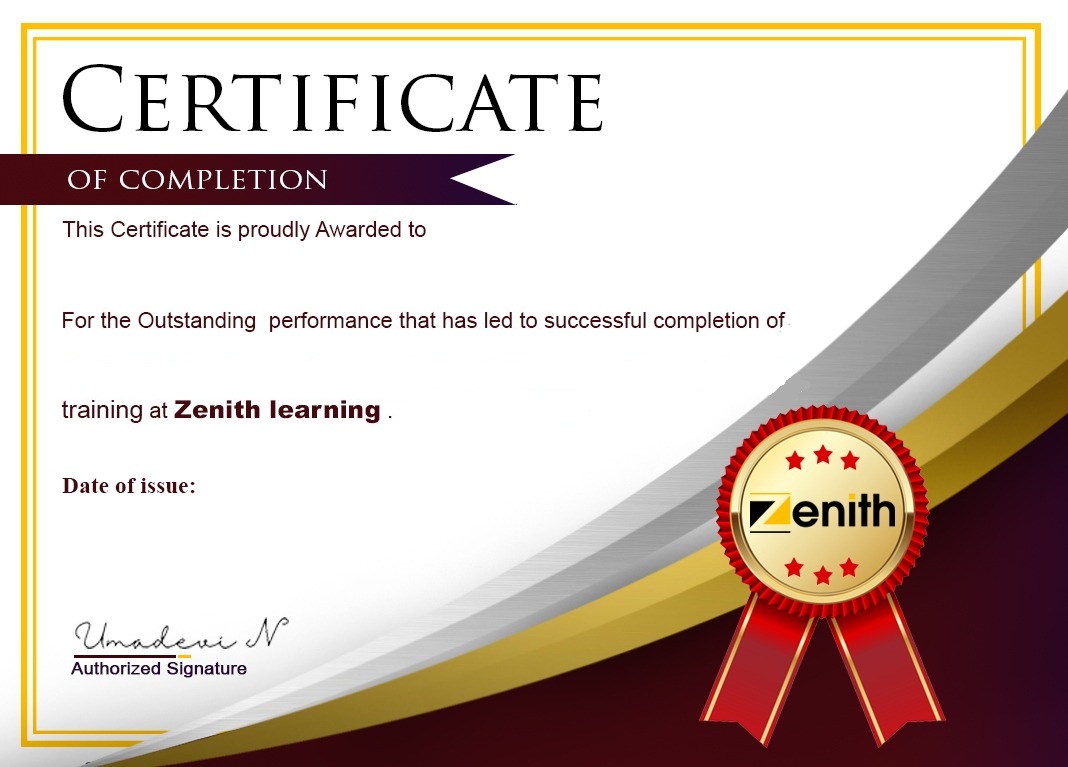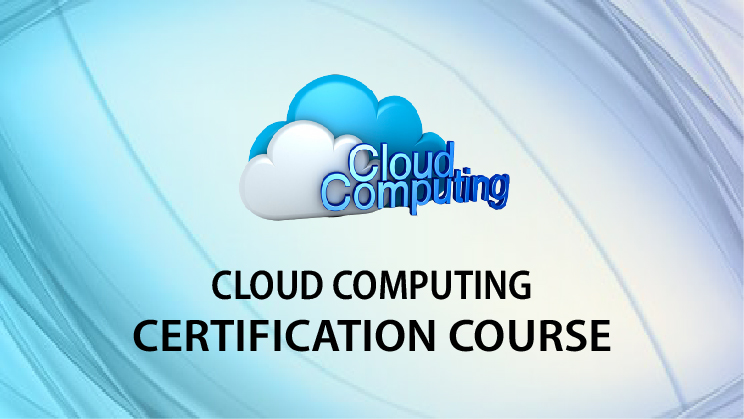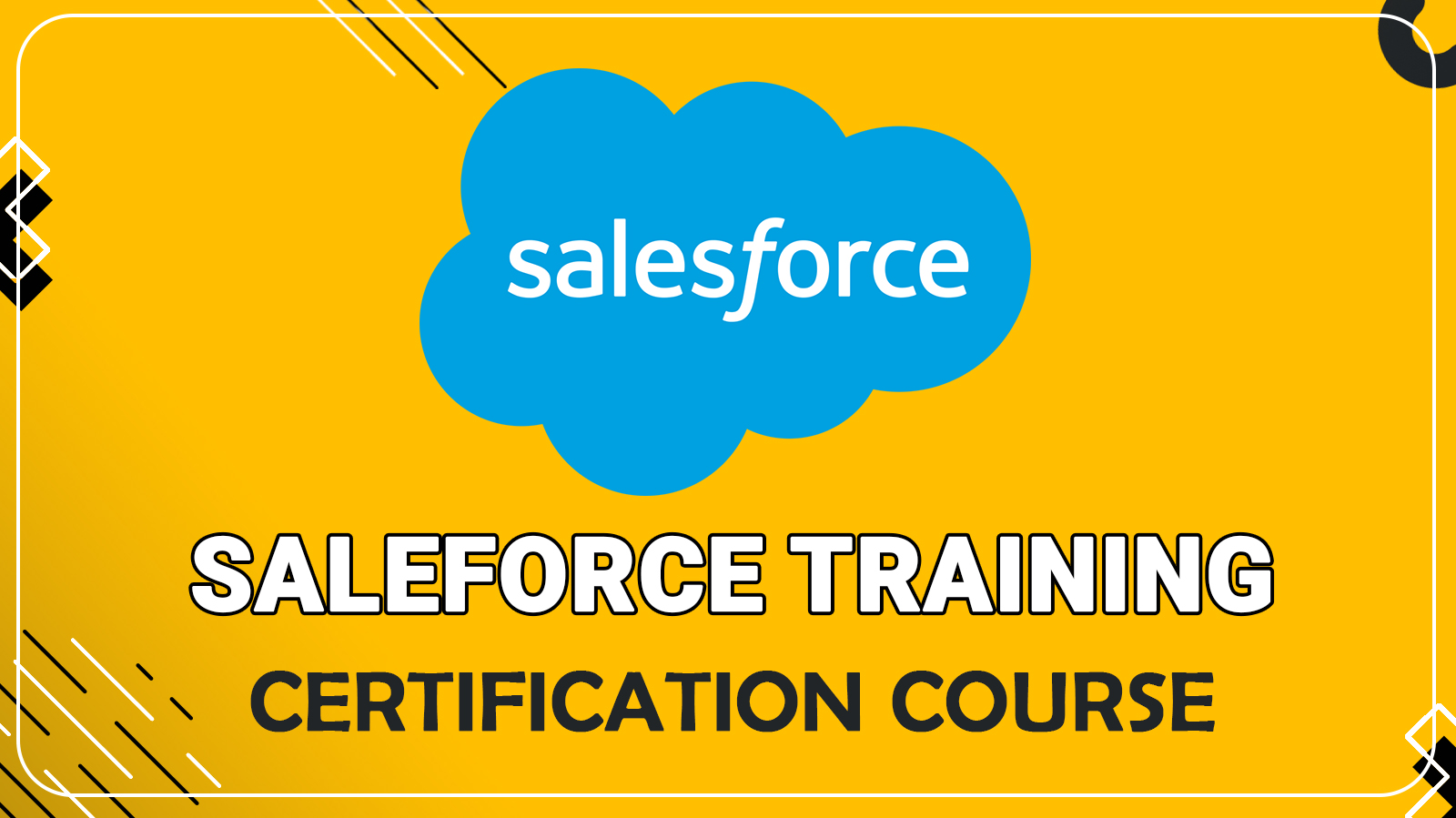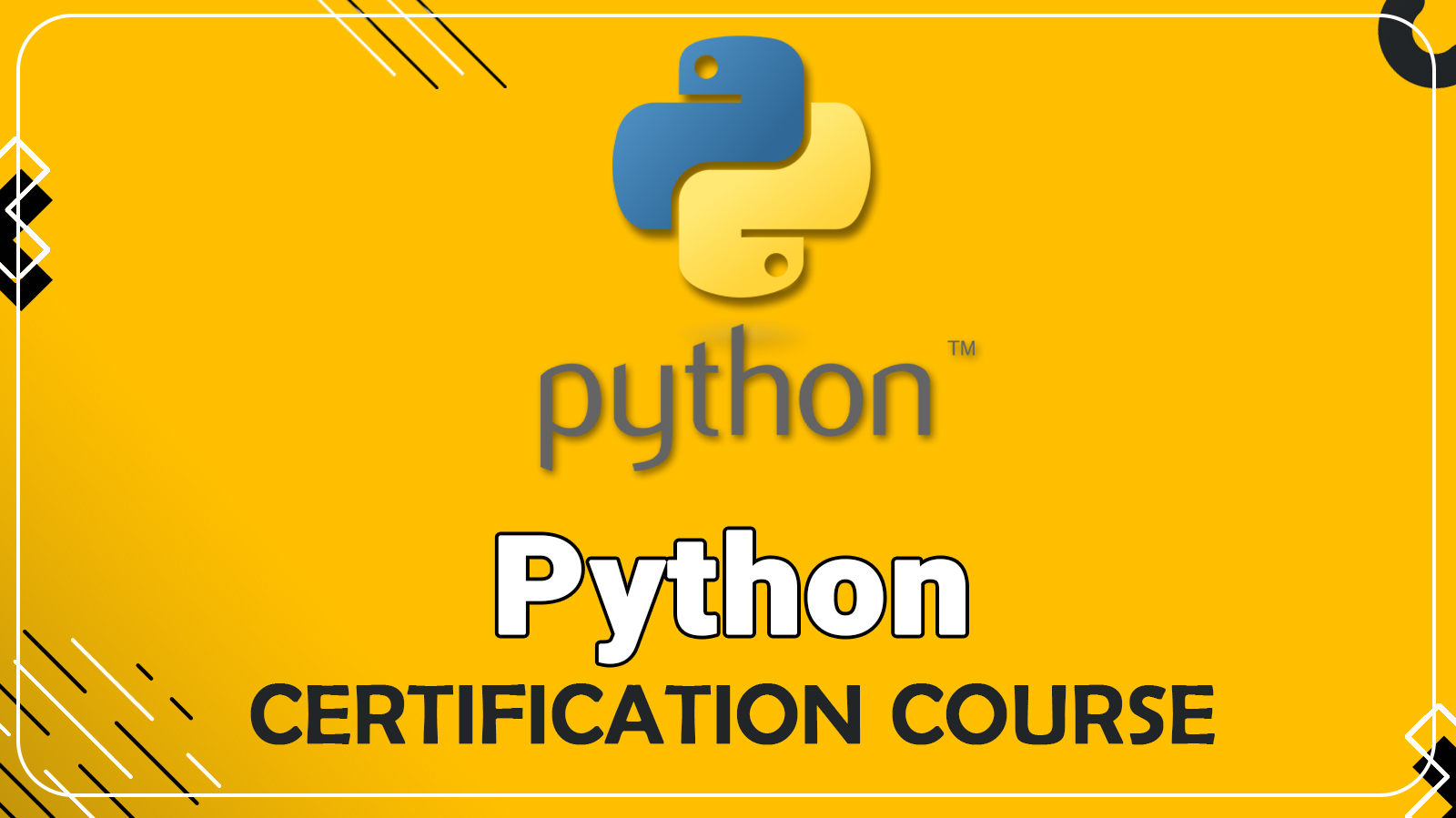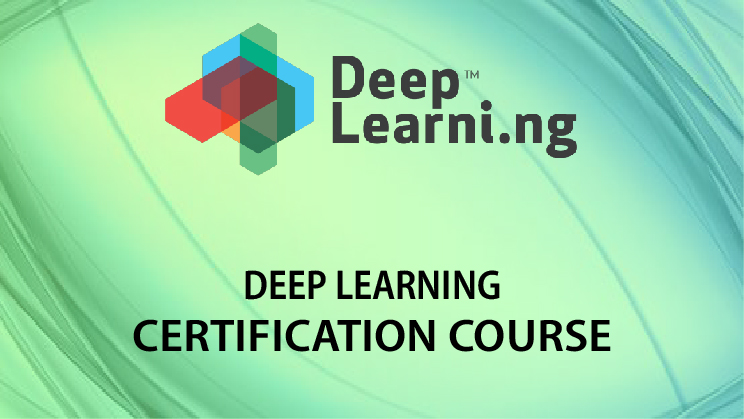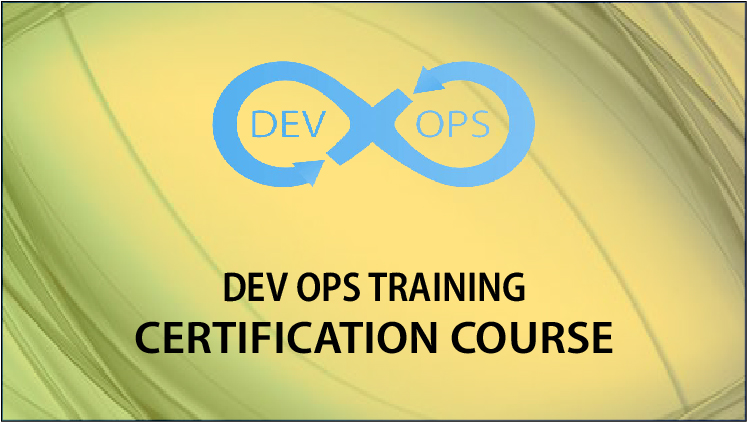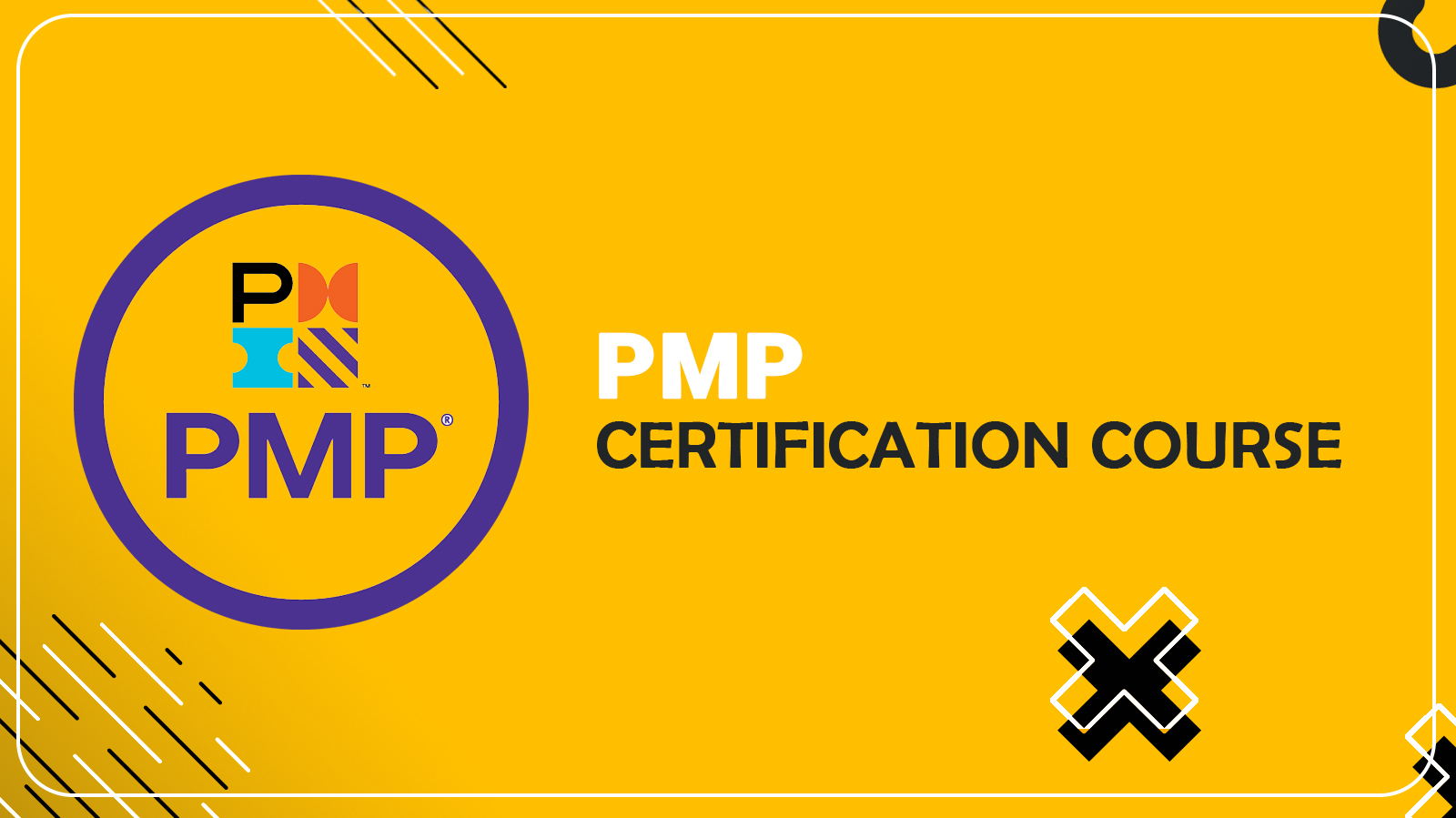AWS Certification Training for Solutions Architect
Zenith's AWS training and certification will help you master skills like AWS Cloud, Lambda, Redshift, EC2, IAM, S3, Global Accelerator and more. Also, in this AWS course, you will work on various tools of AWS cloud platform and create highly scalable SaaS application. Learn AWS from AWS certified experts to become an AWS solutions architect.
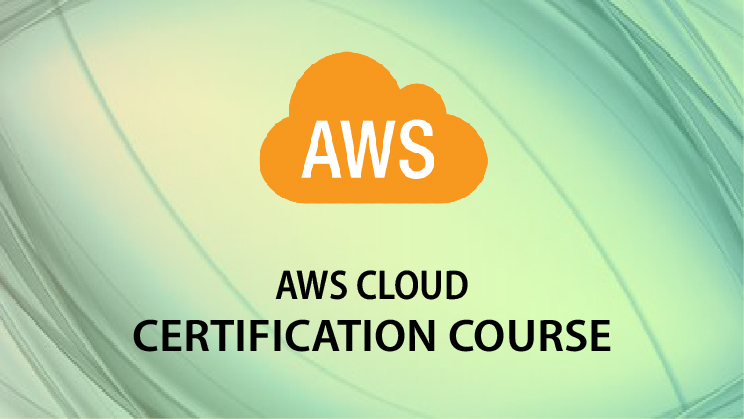
$210
+91-6305149934
- 40+ Hrs Extensive LIVE training
- 14+ Modules / Tools (26 Chapters)
- Free Linux & Shell Scripting Course
- With trending Sage Maker topics
- Real-time projects (4) based training
- Detailed, chapter based curriculum
- Free Access to missed classes
- Course Completion Certificate
- Dropout in the middle? Rejoin new live batch
- Mock Interview preparation
- Resume preparation & Job assistance
- Blogs, Quiz's & Interview Questions
